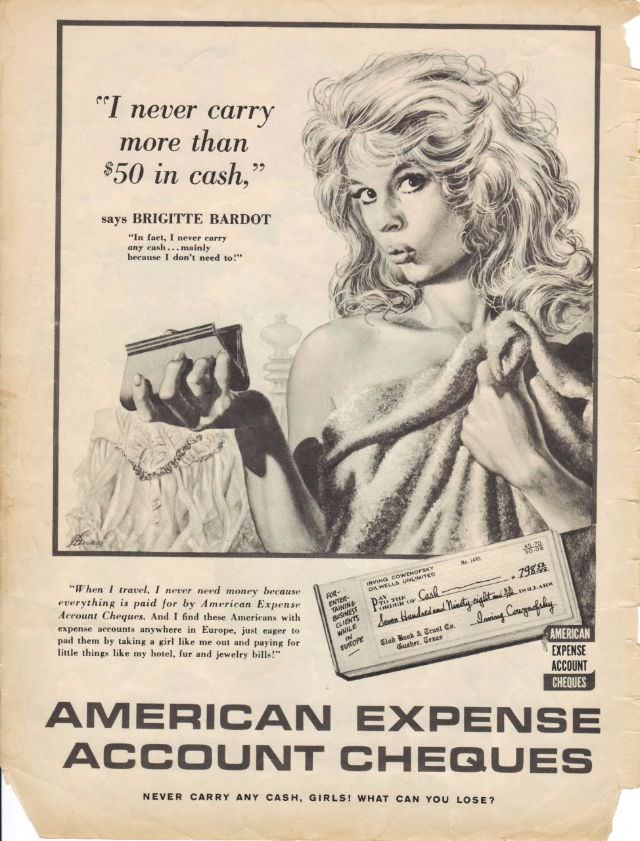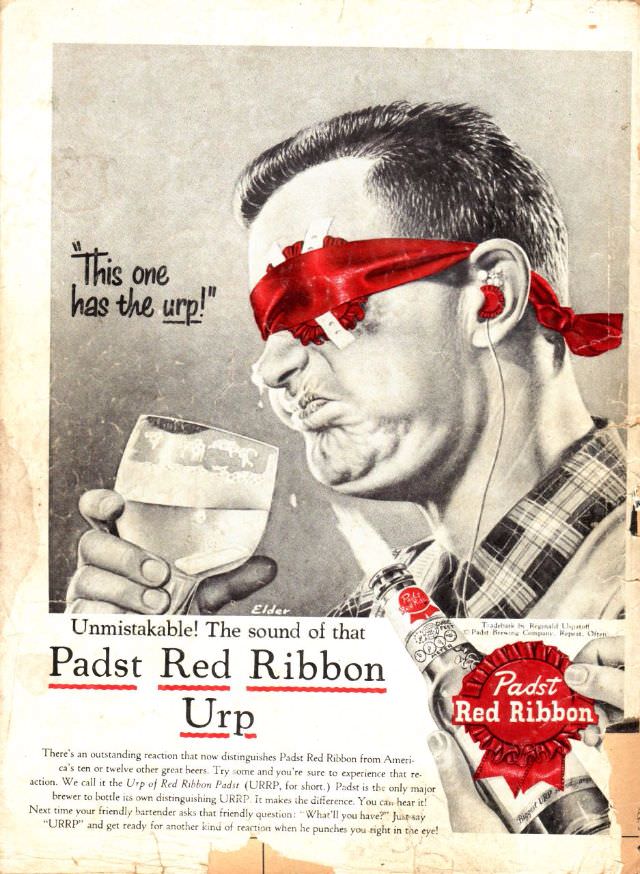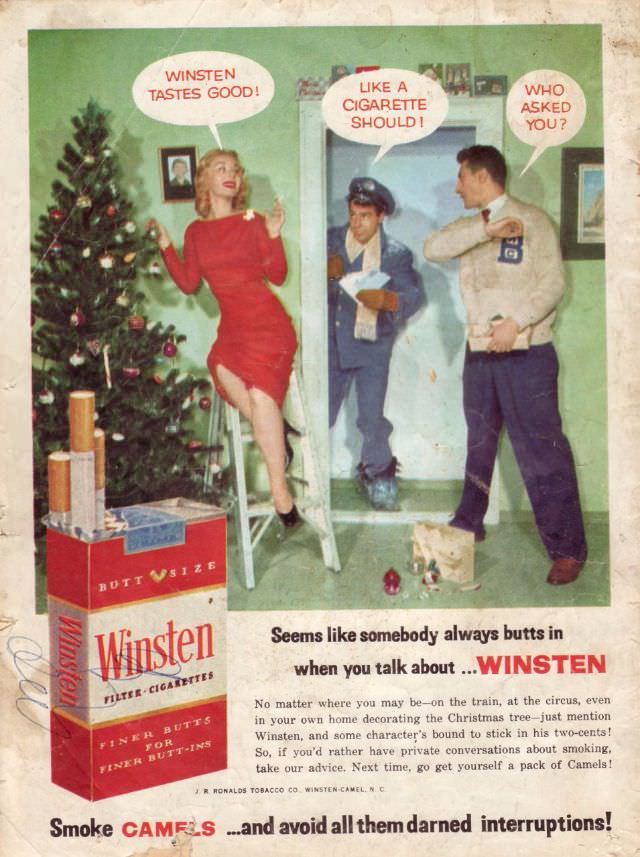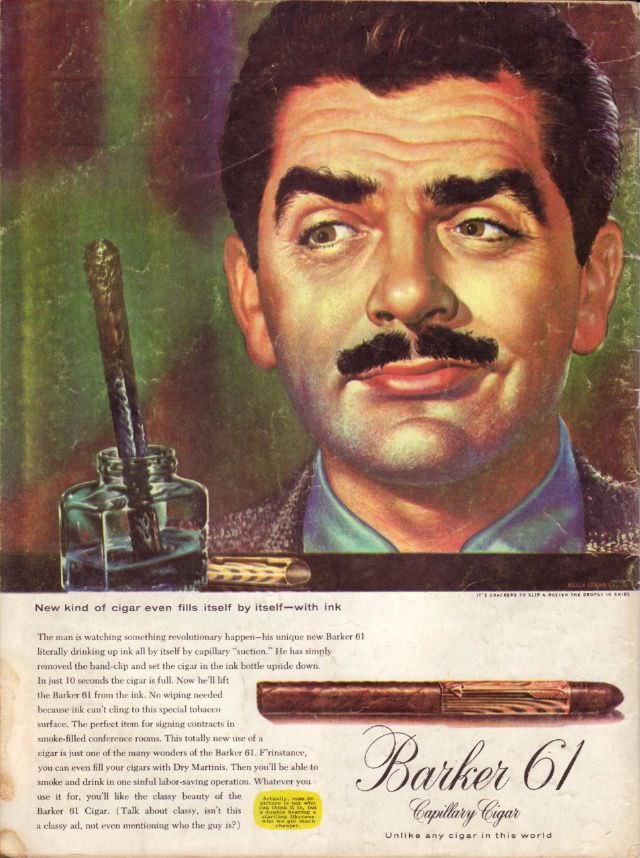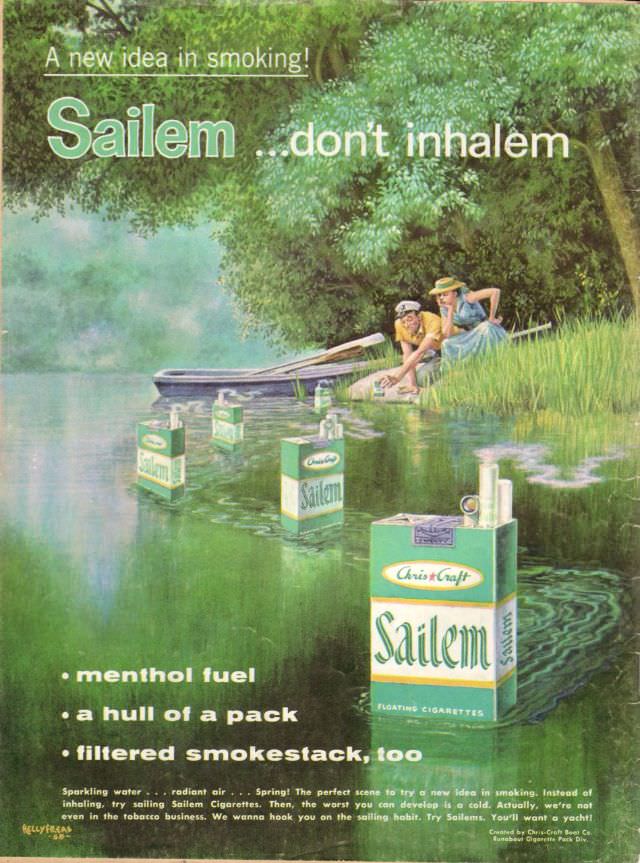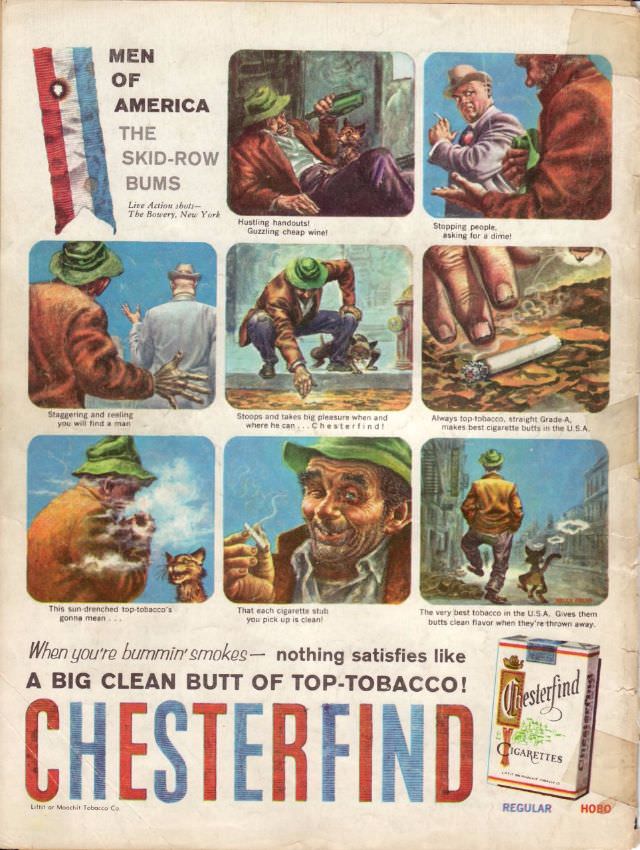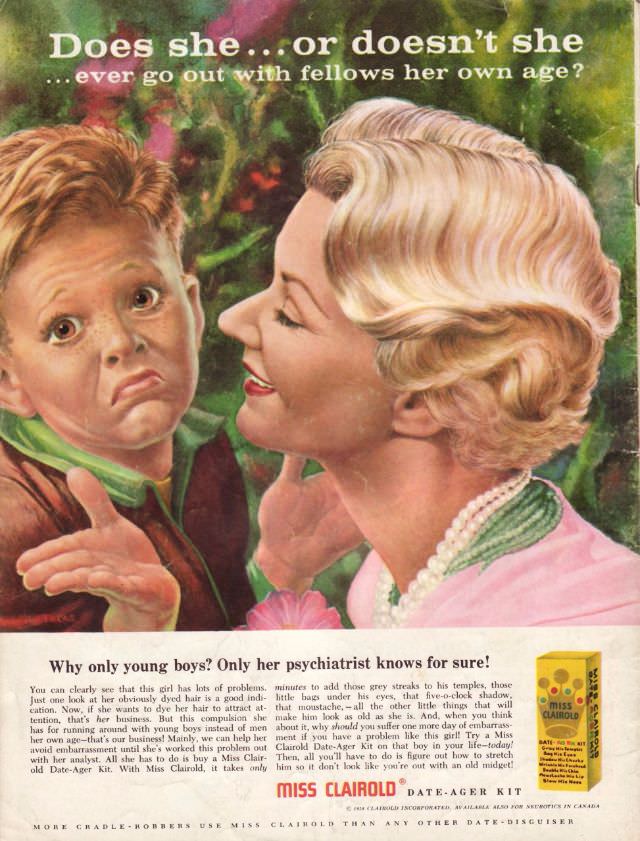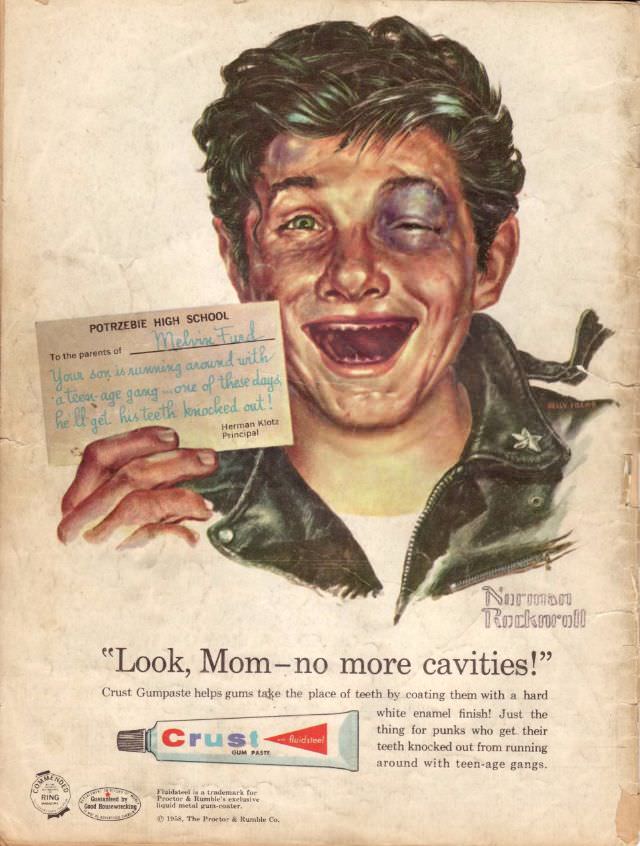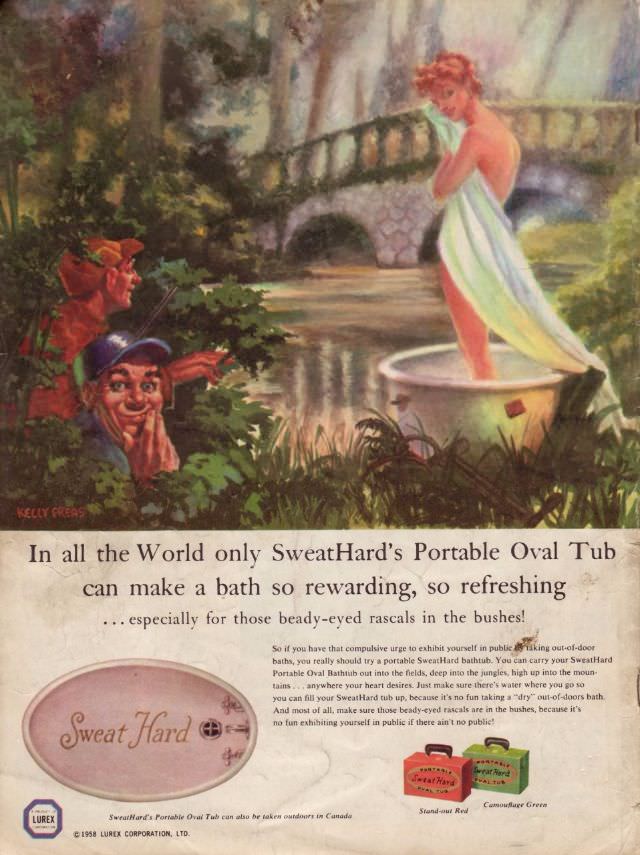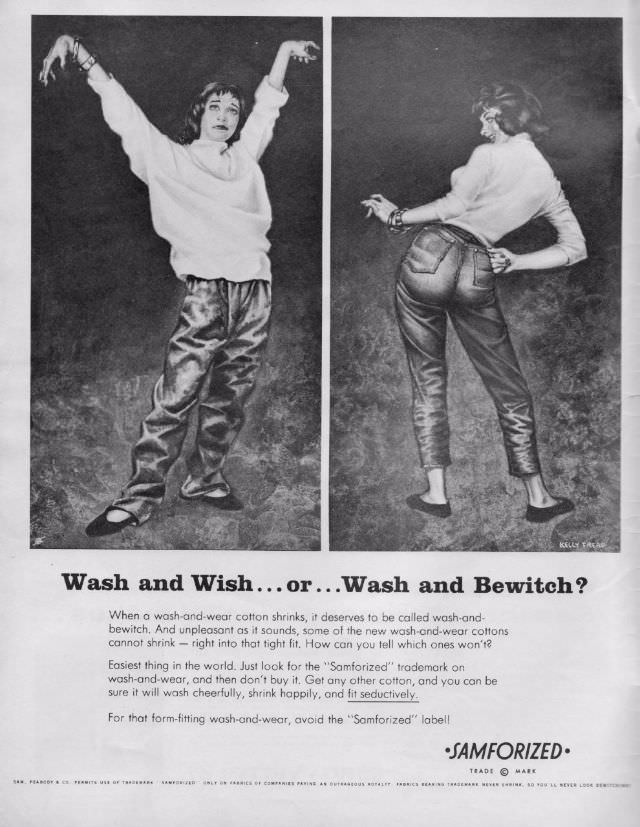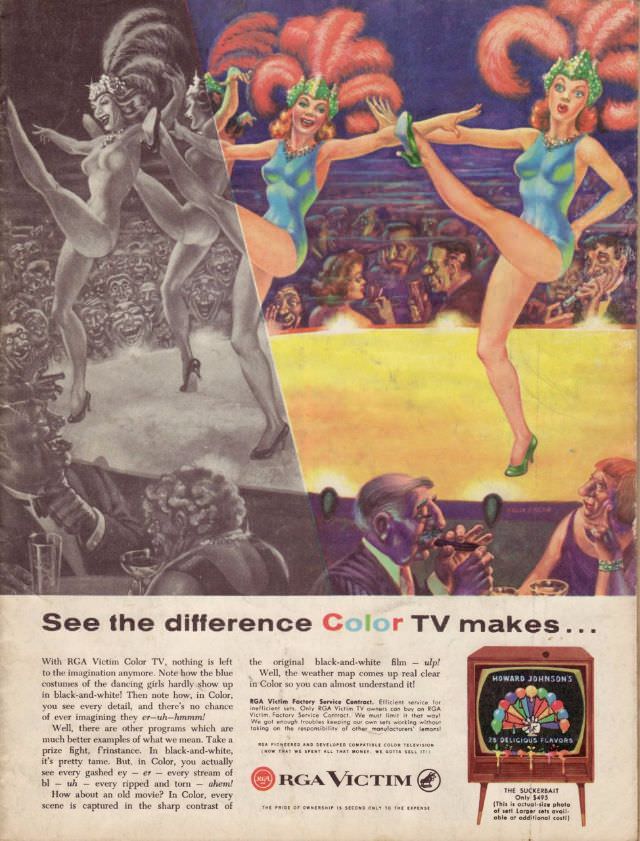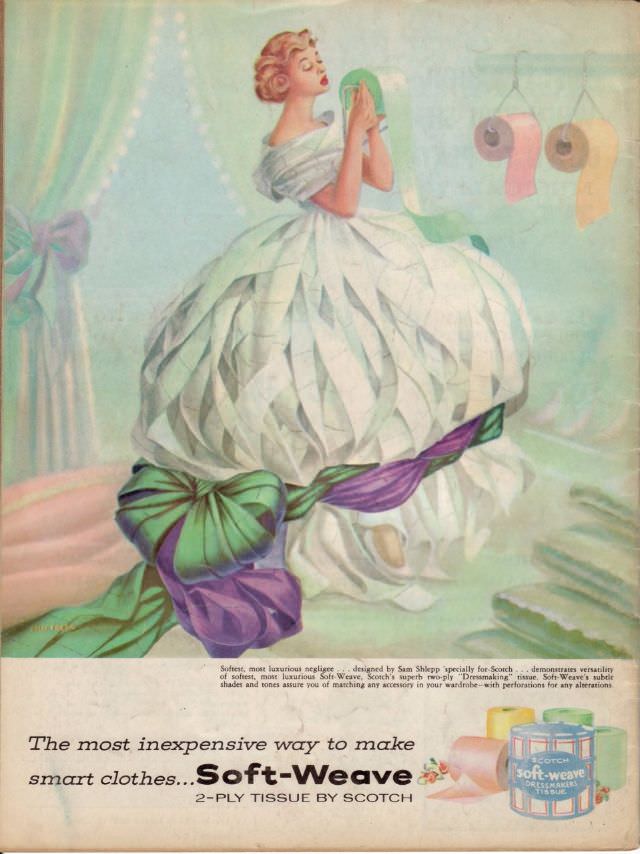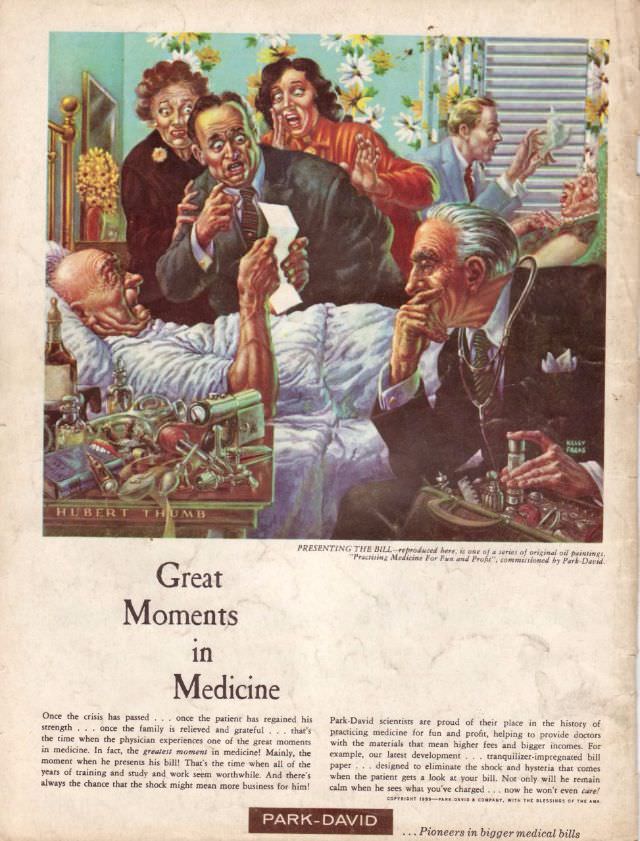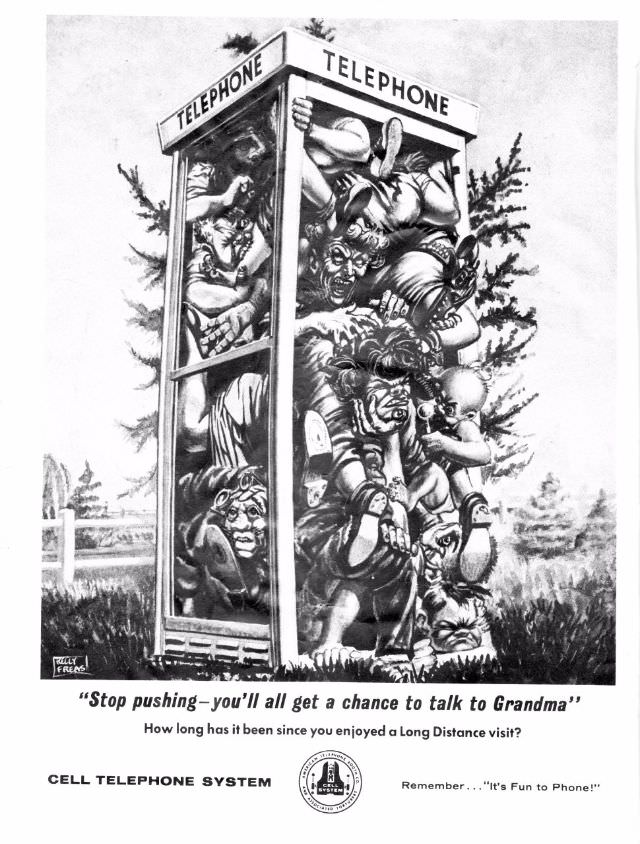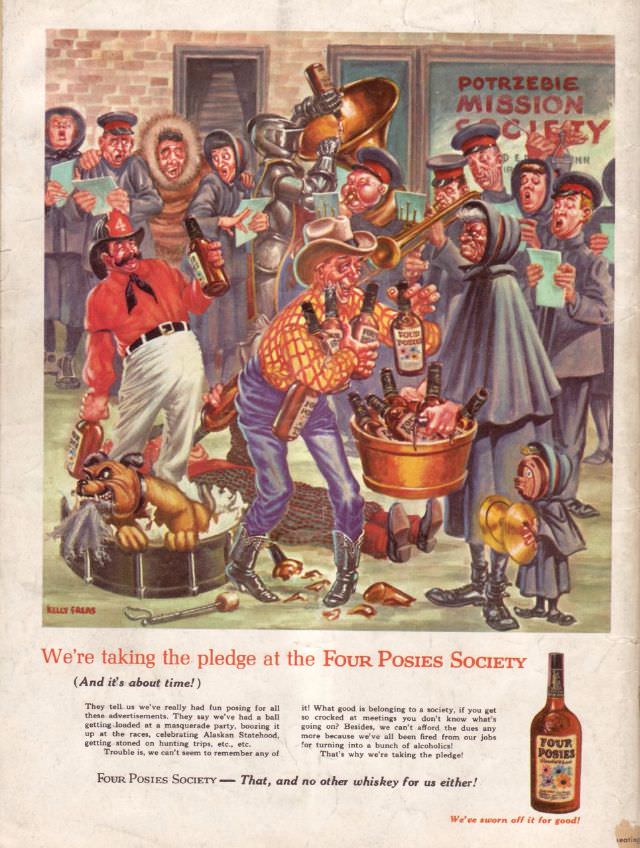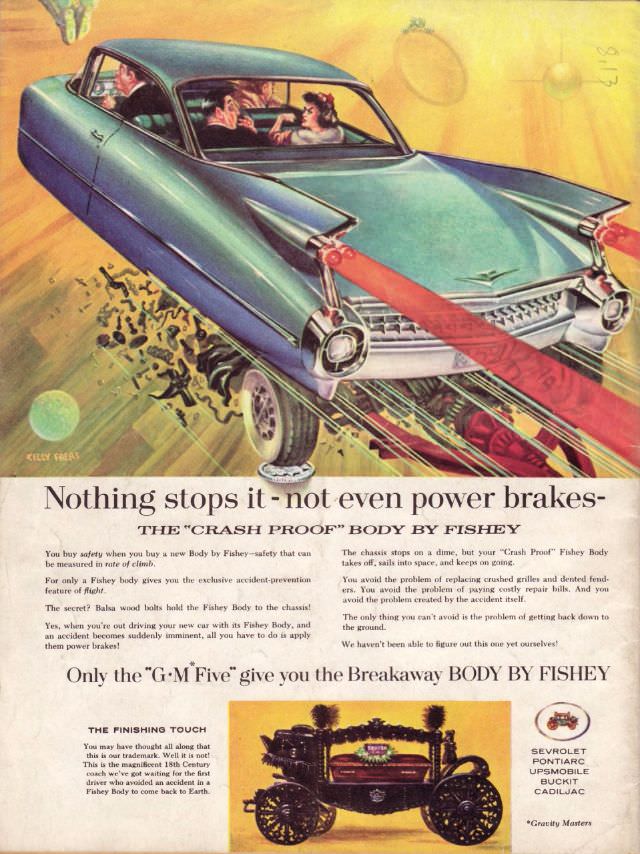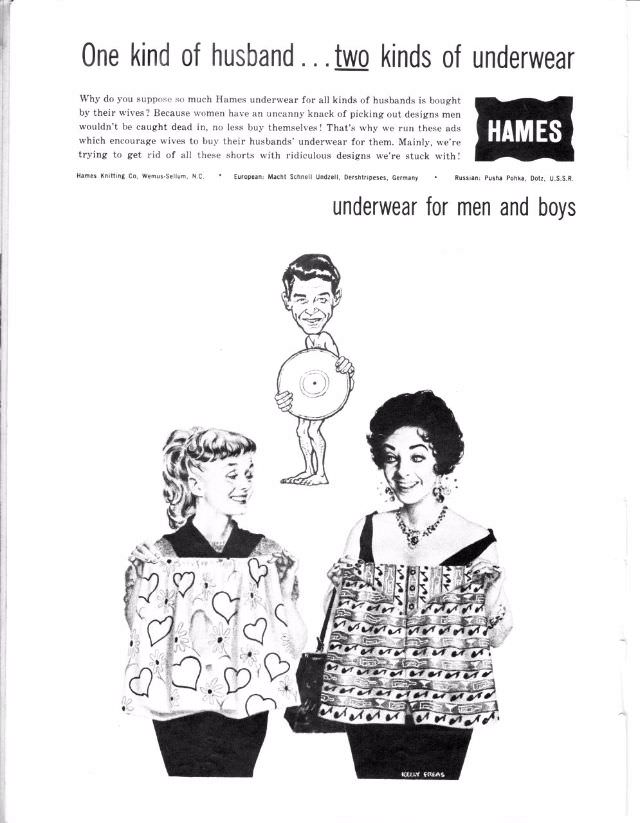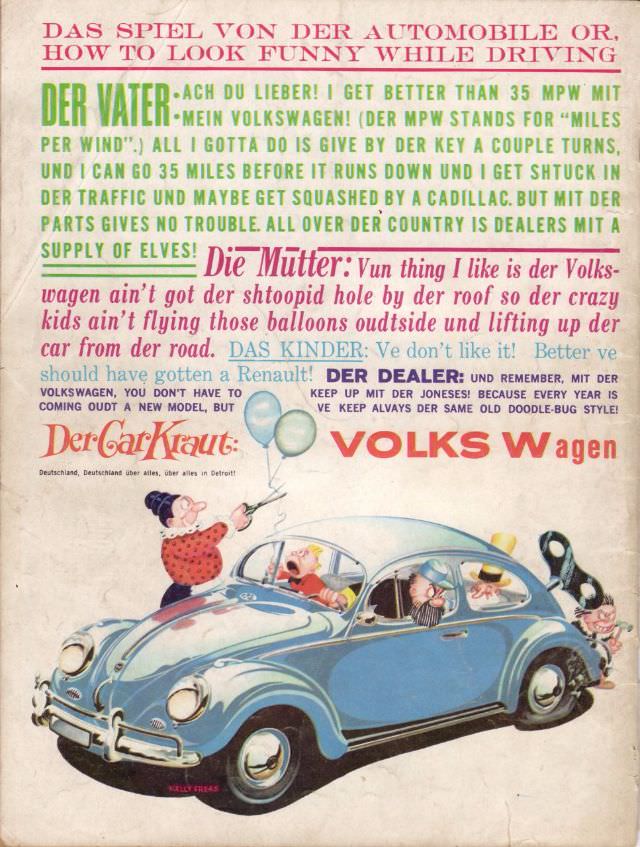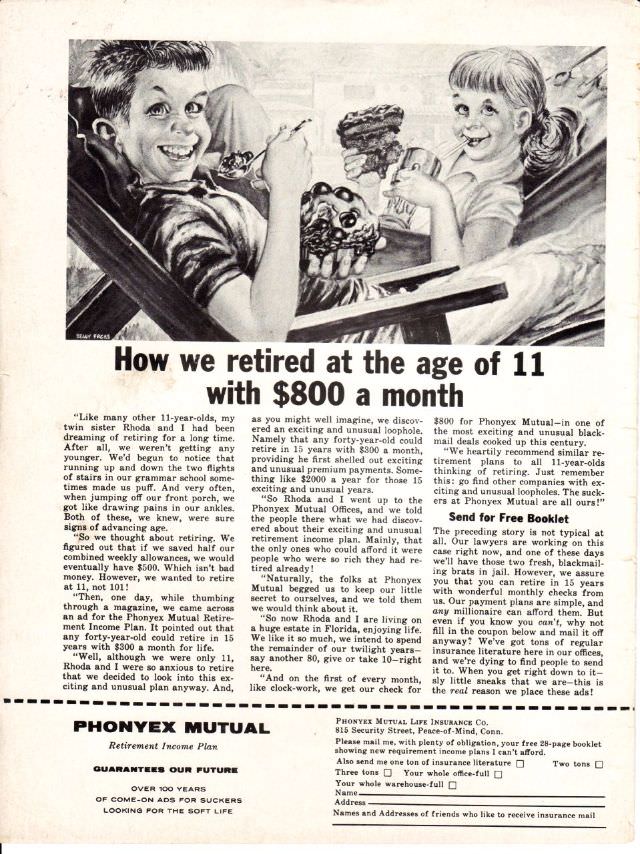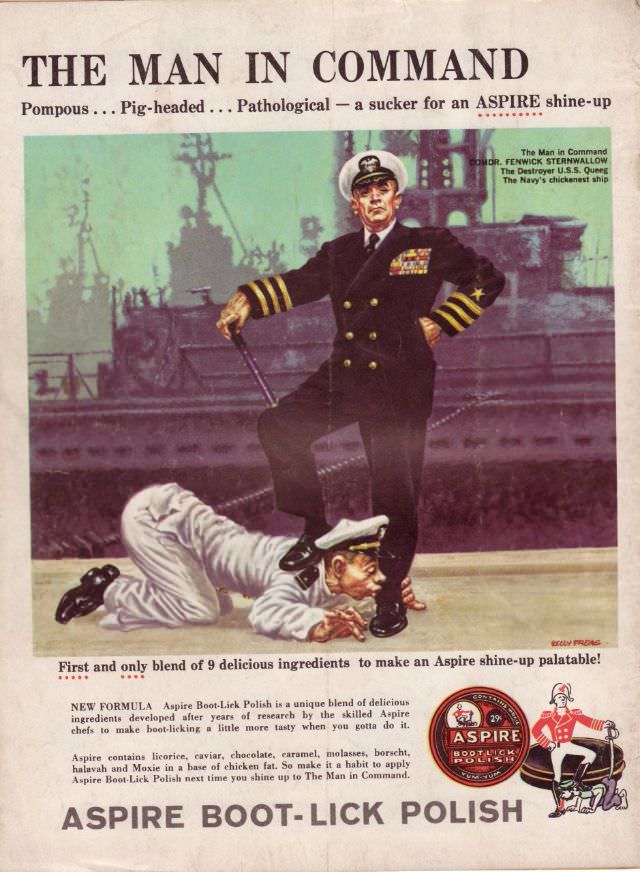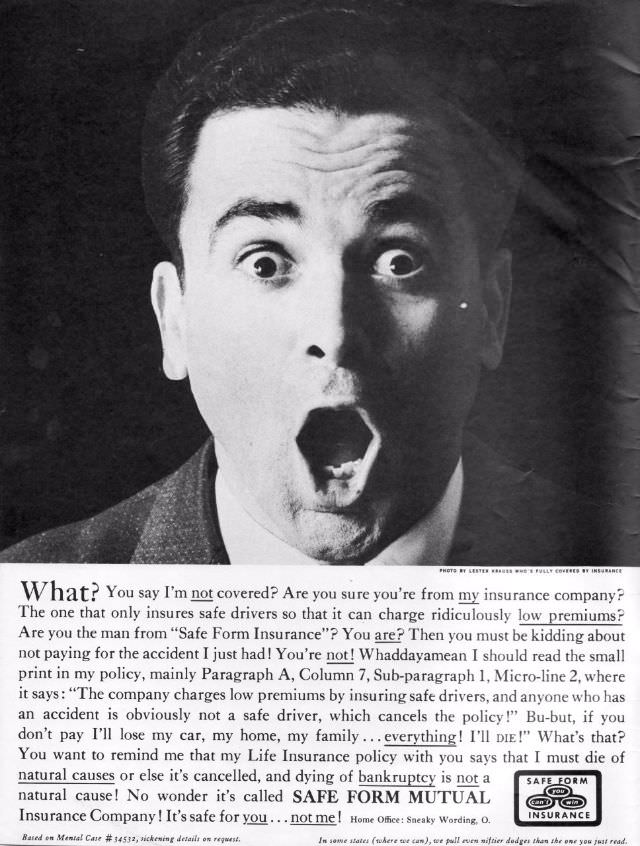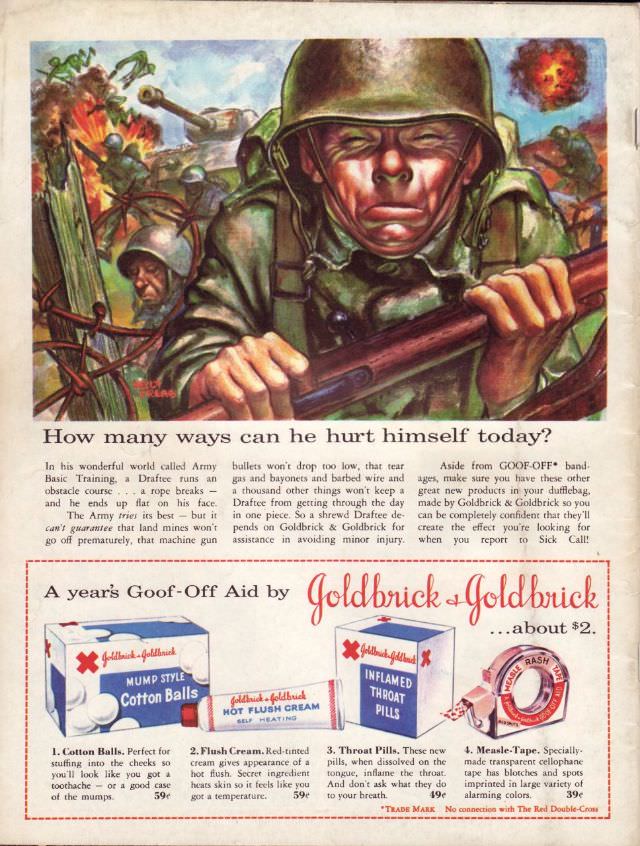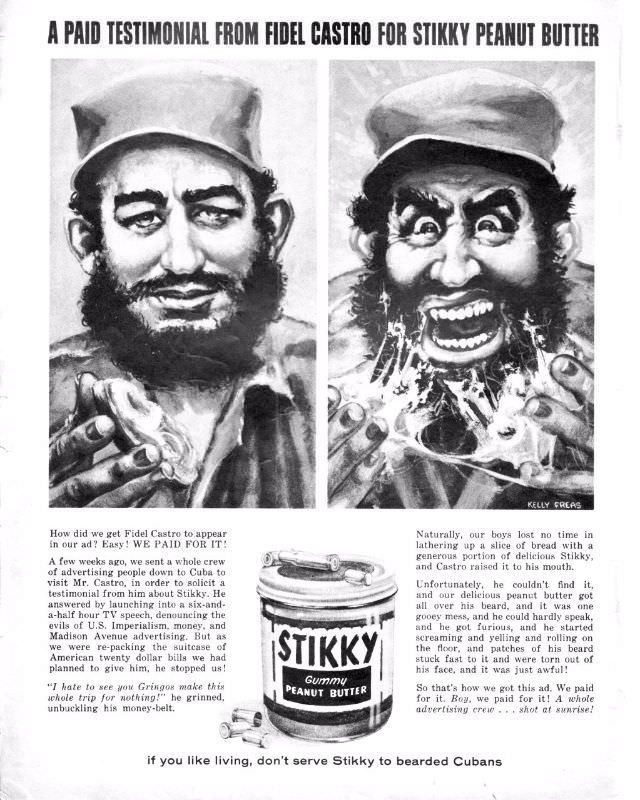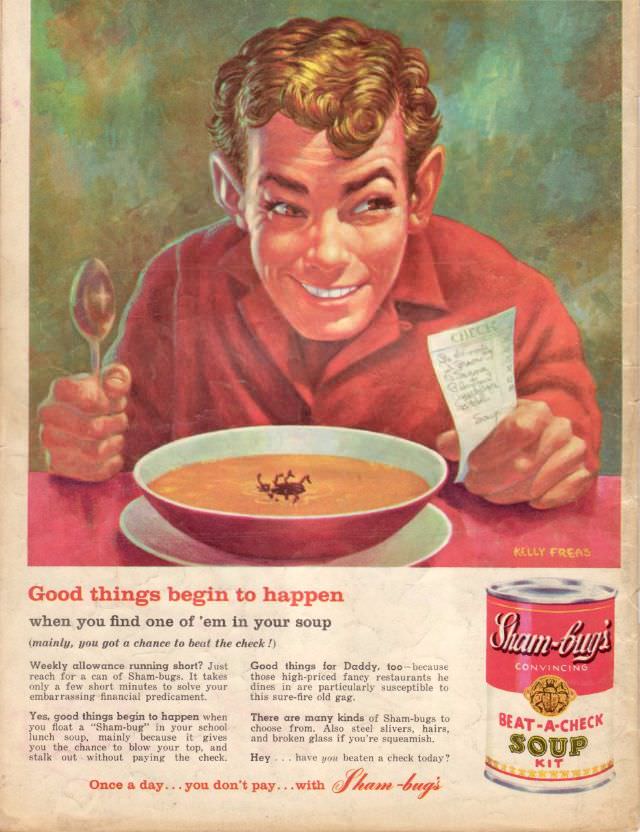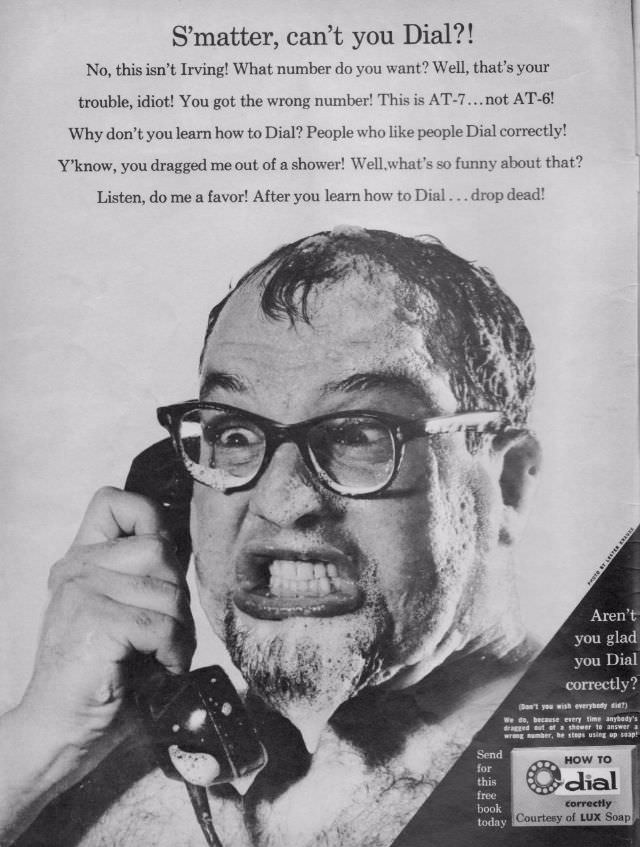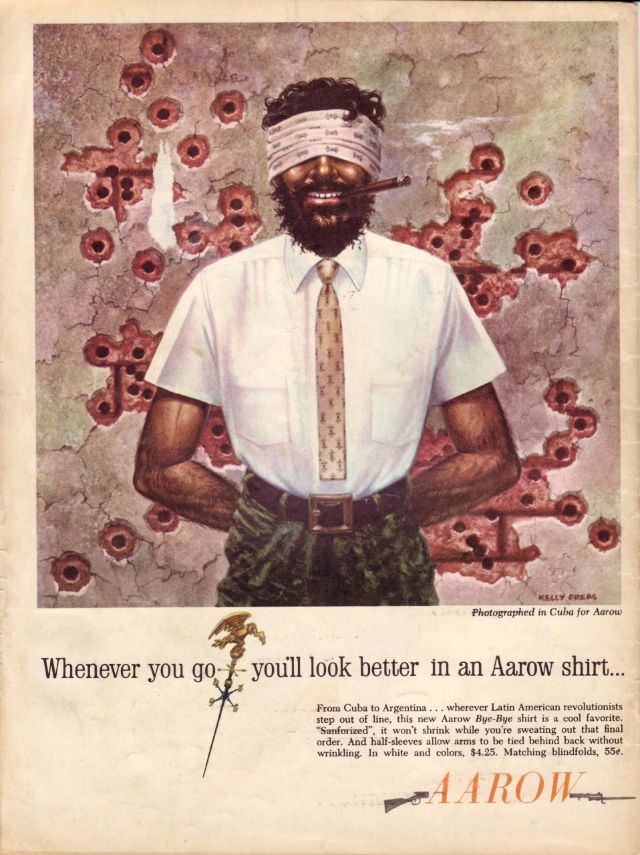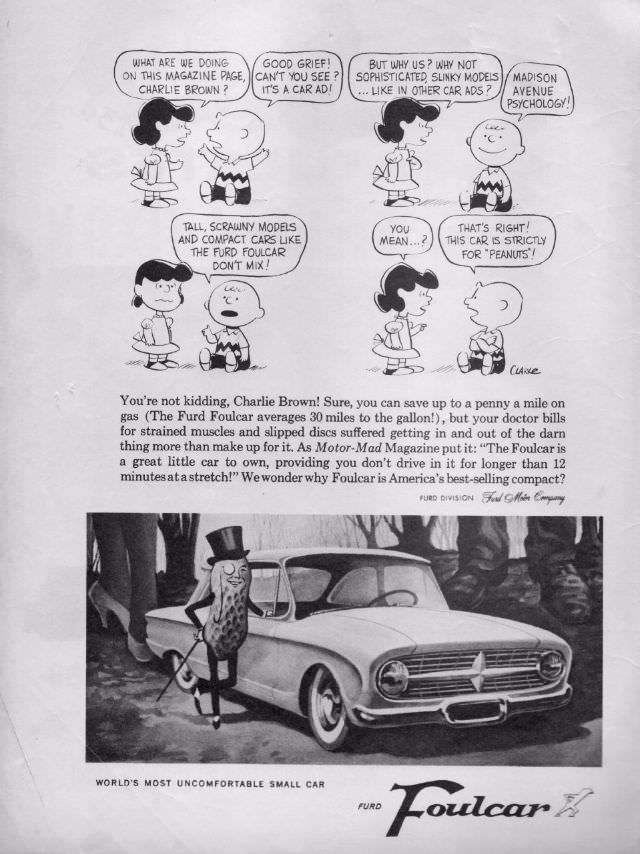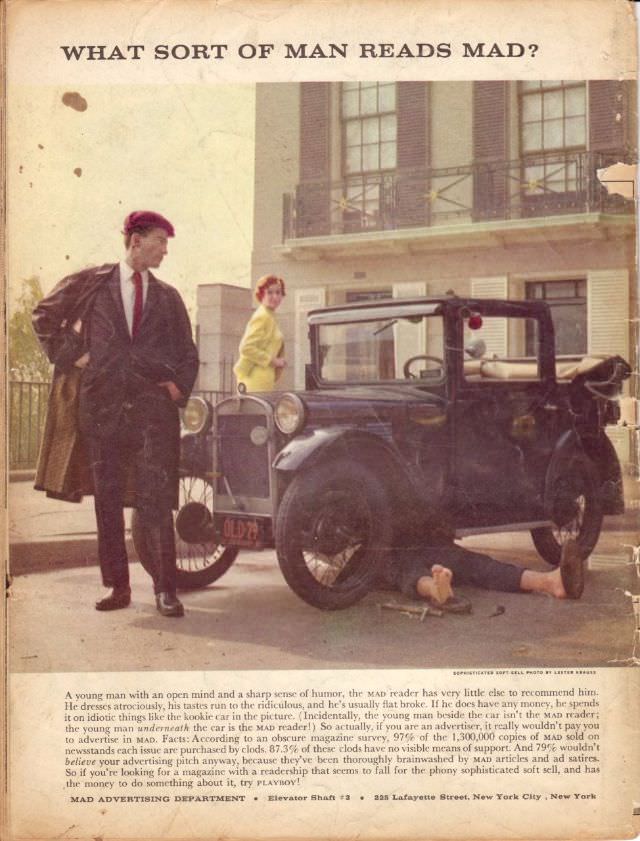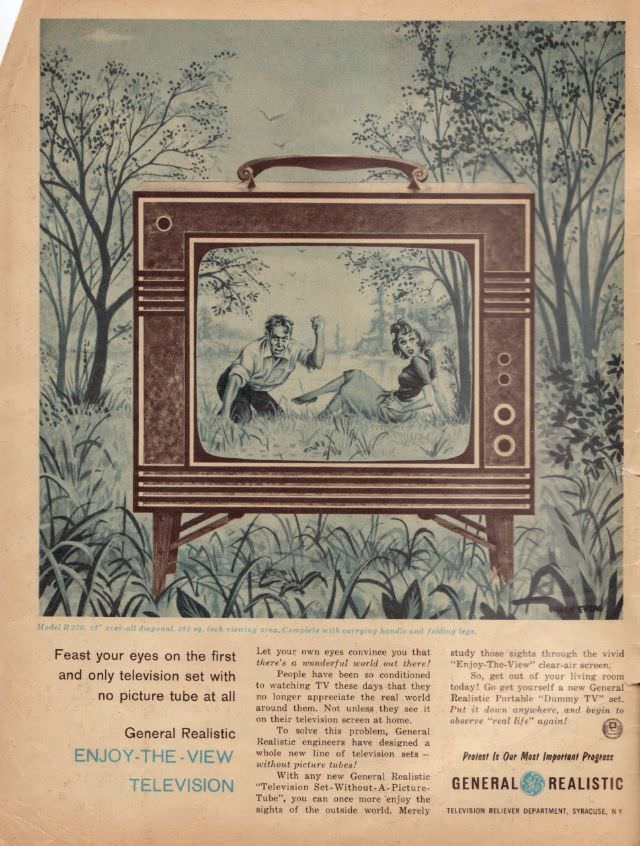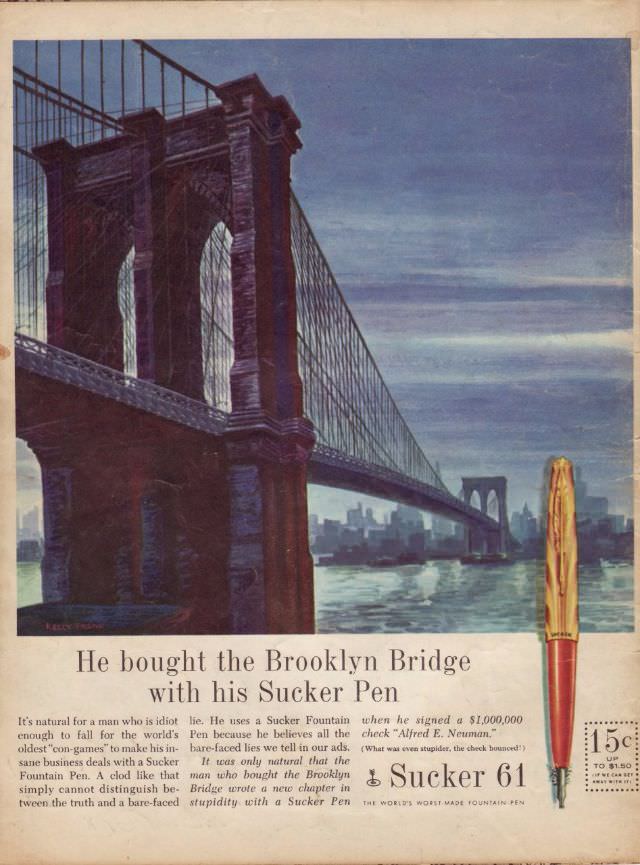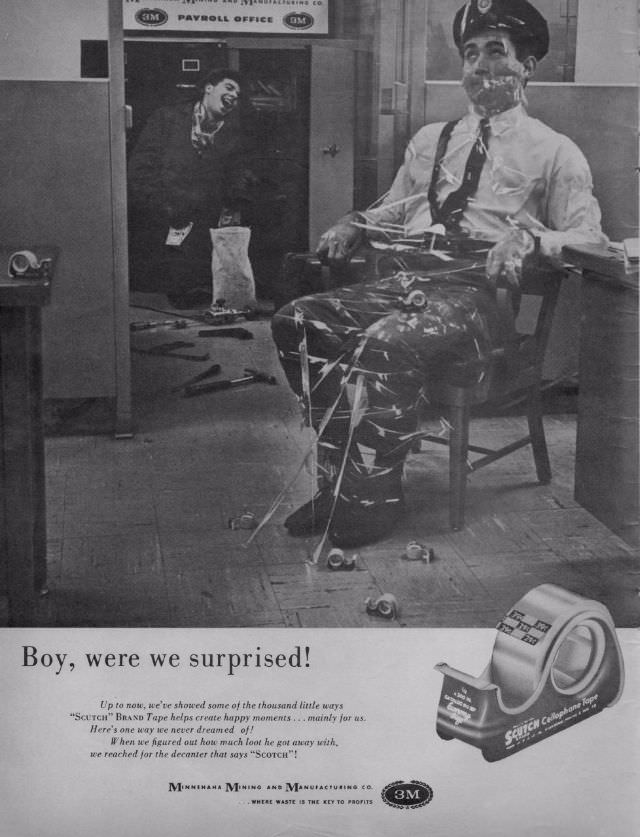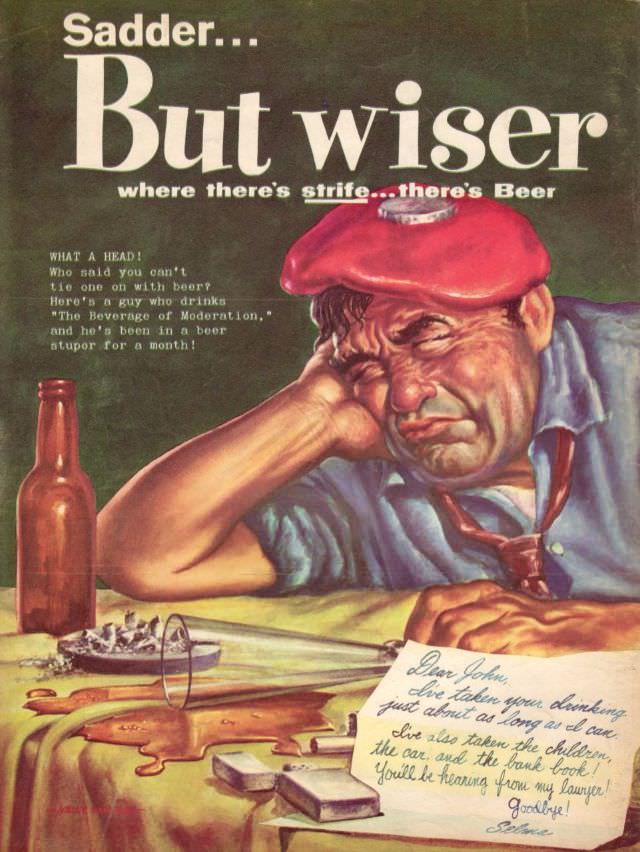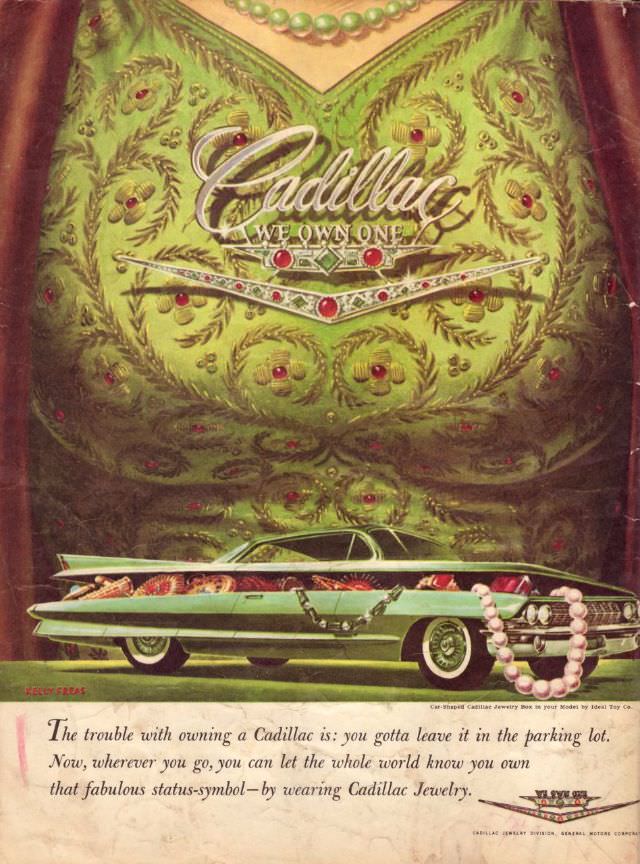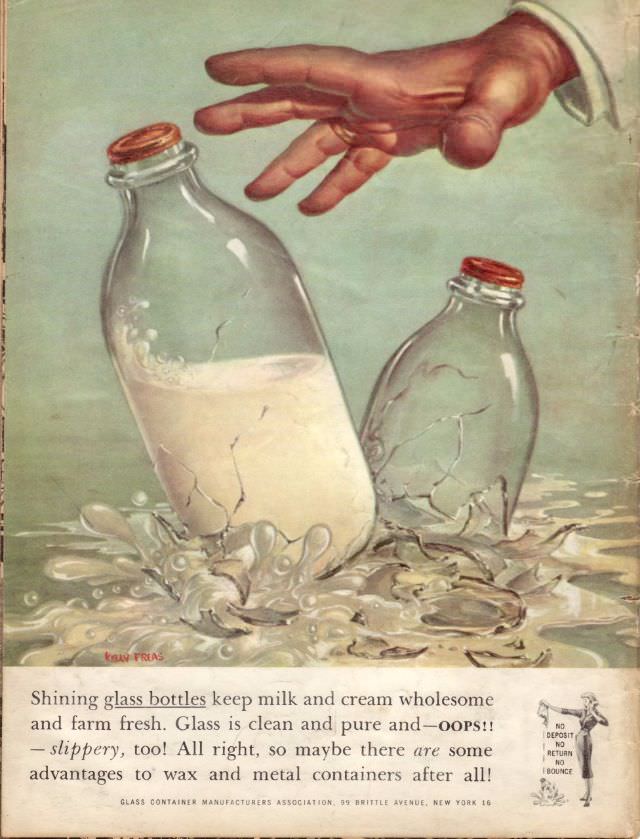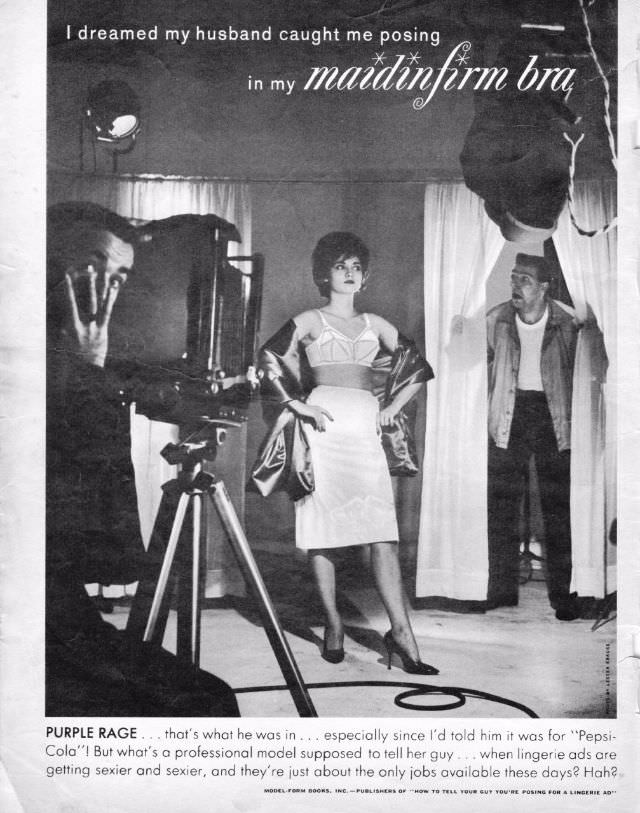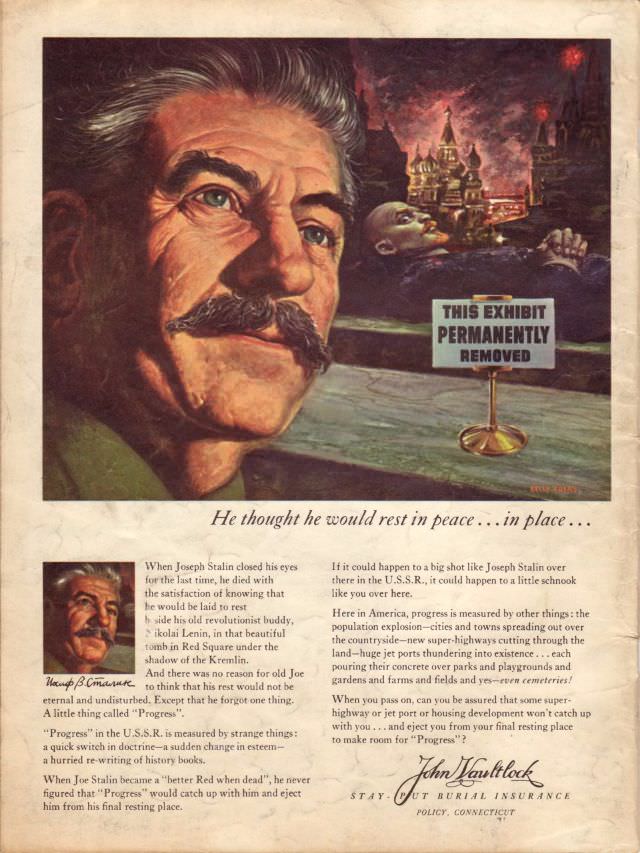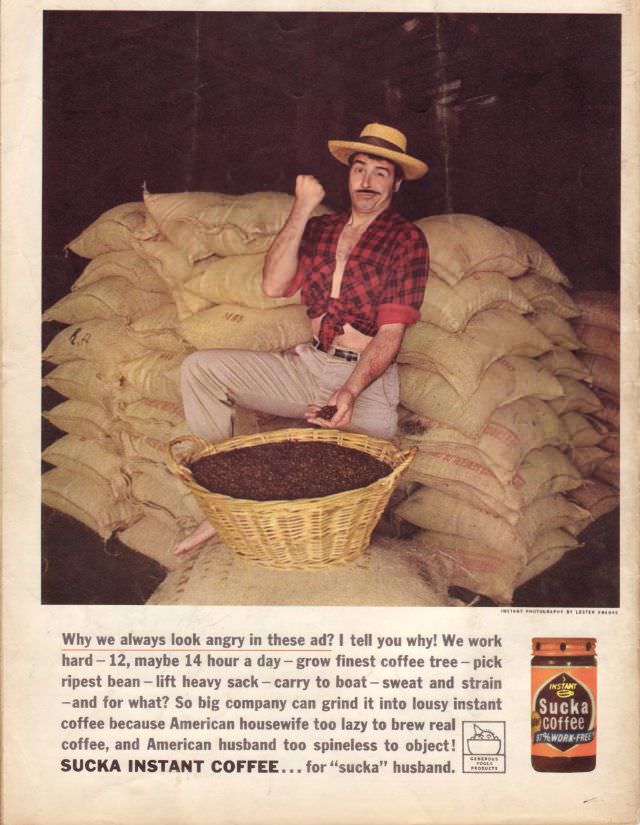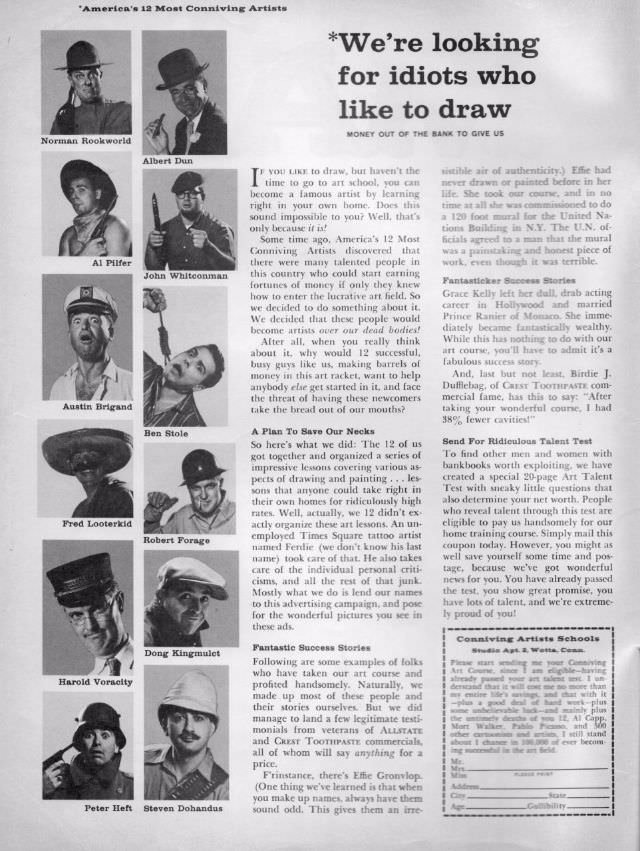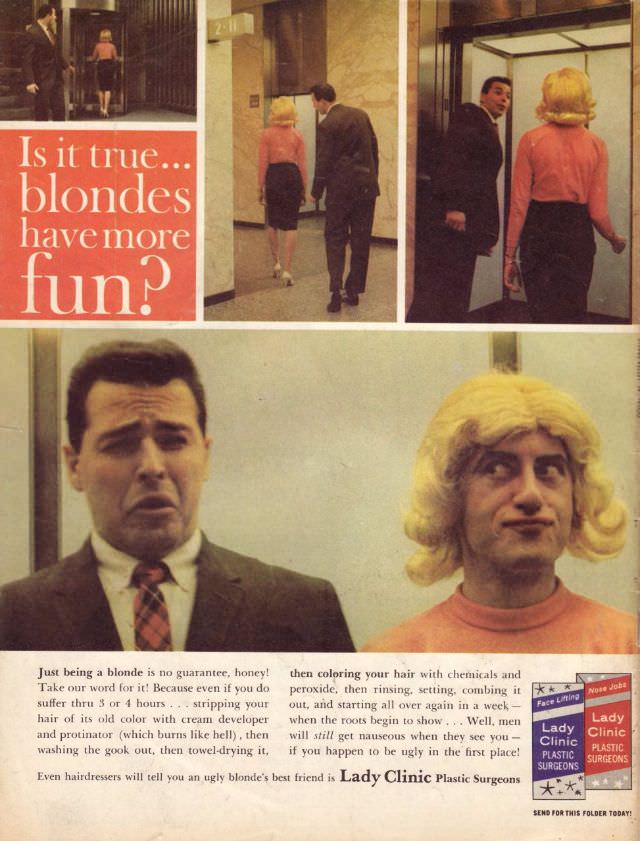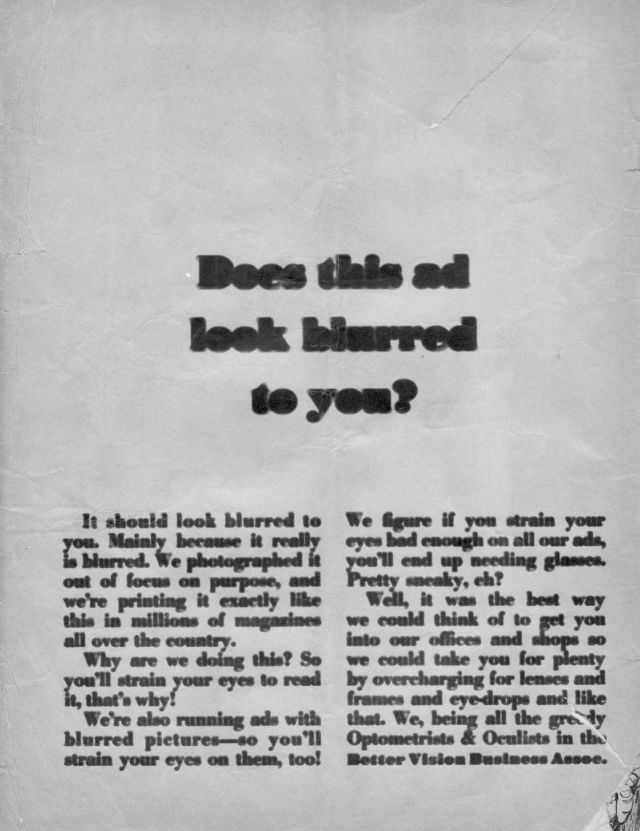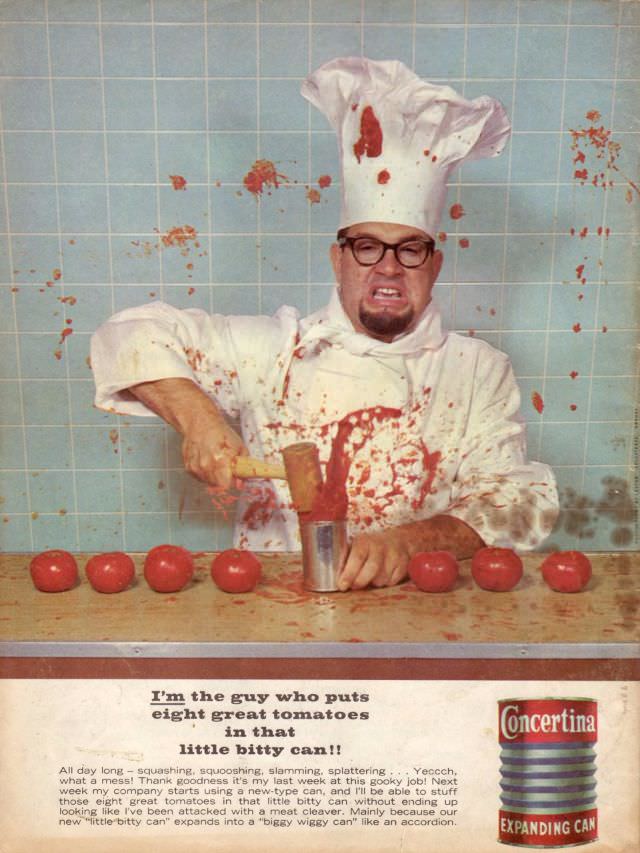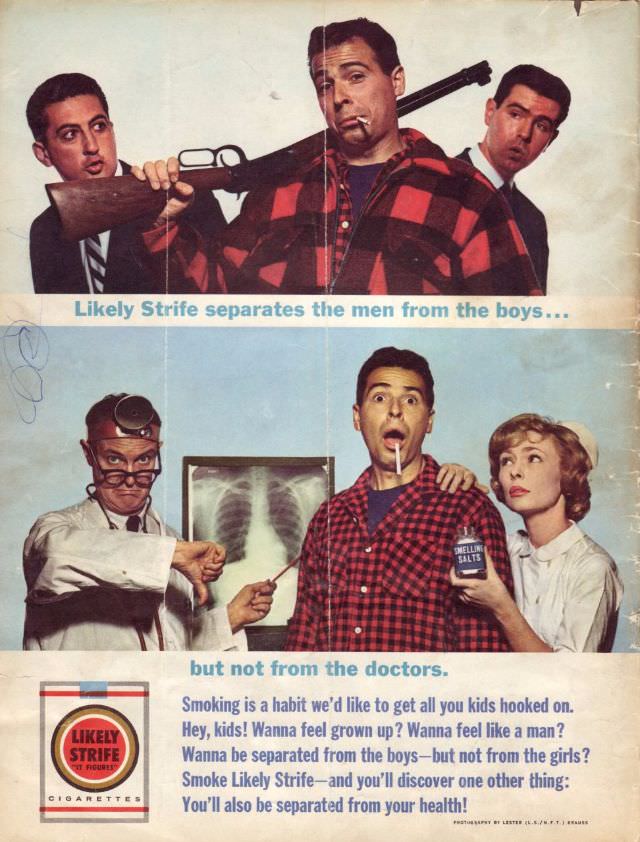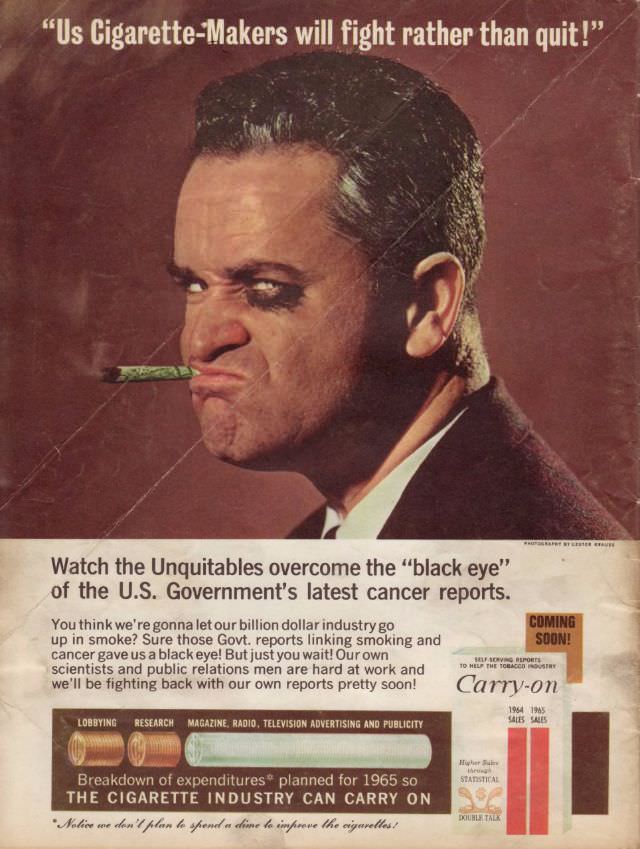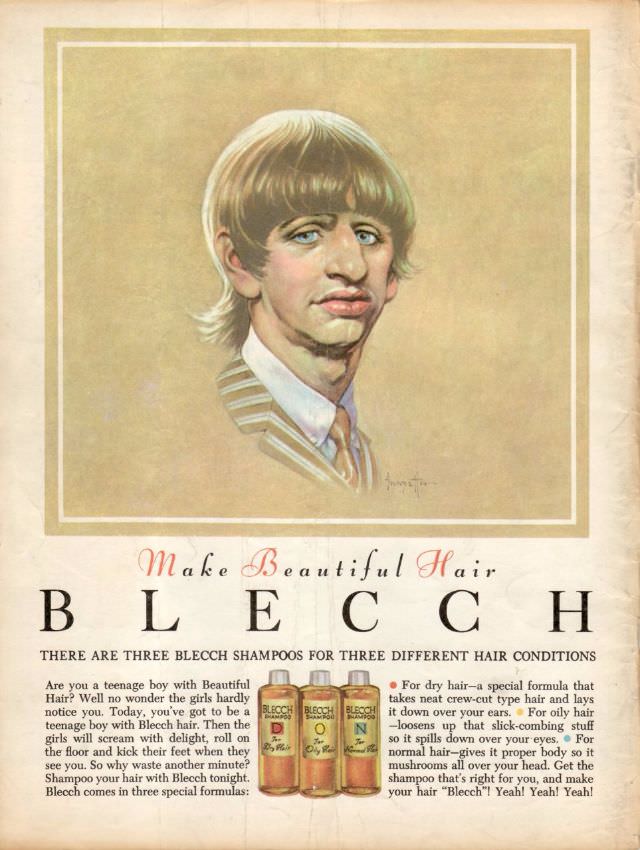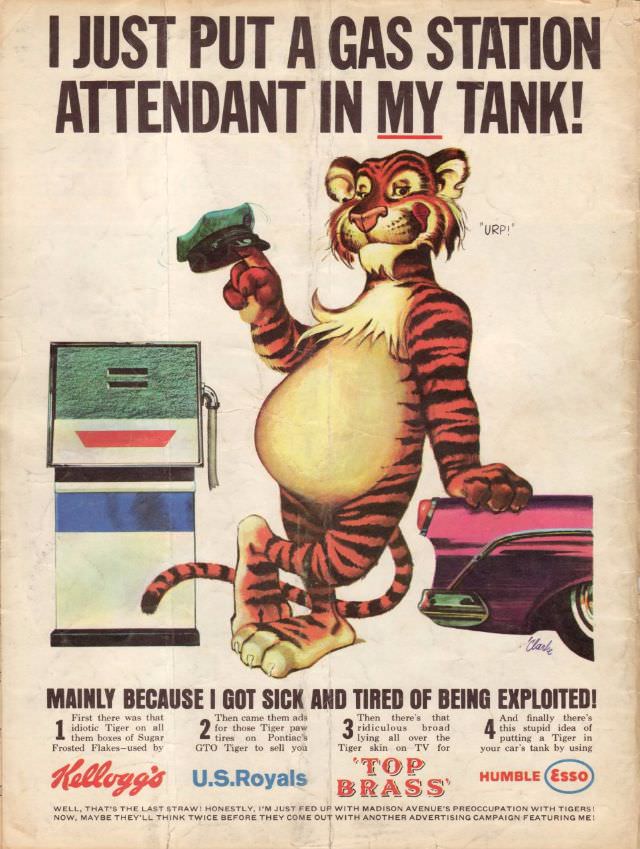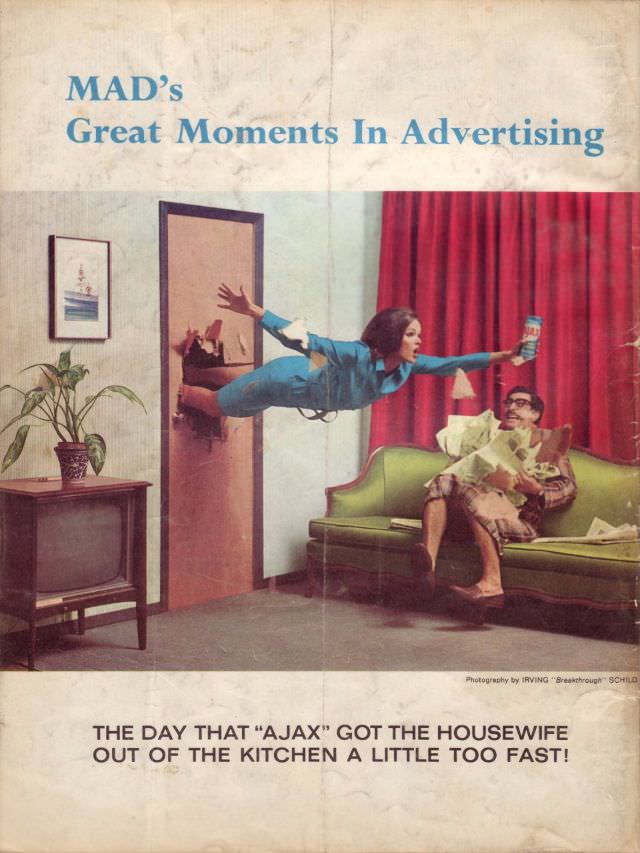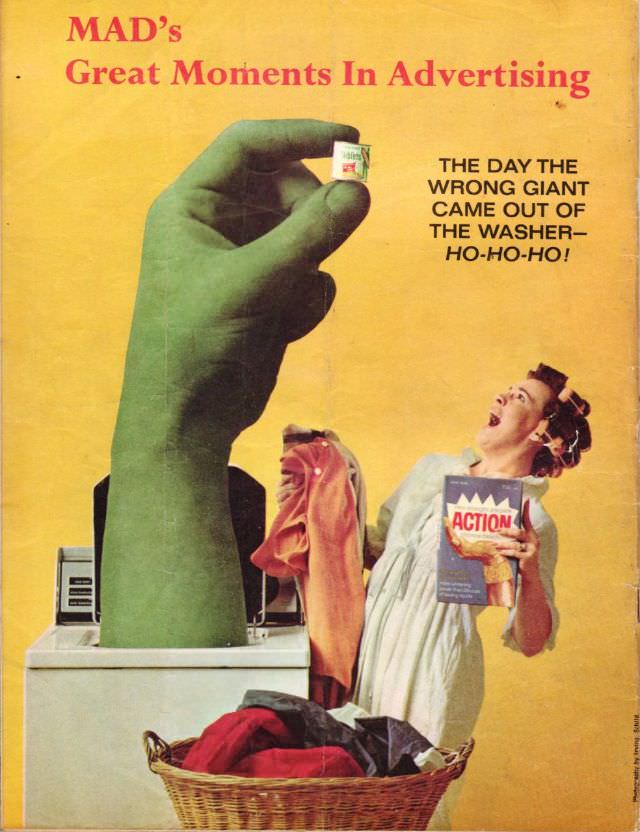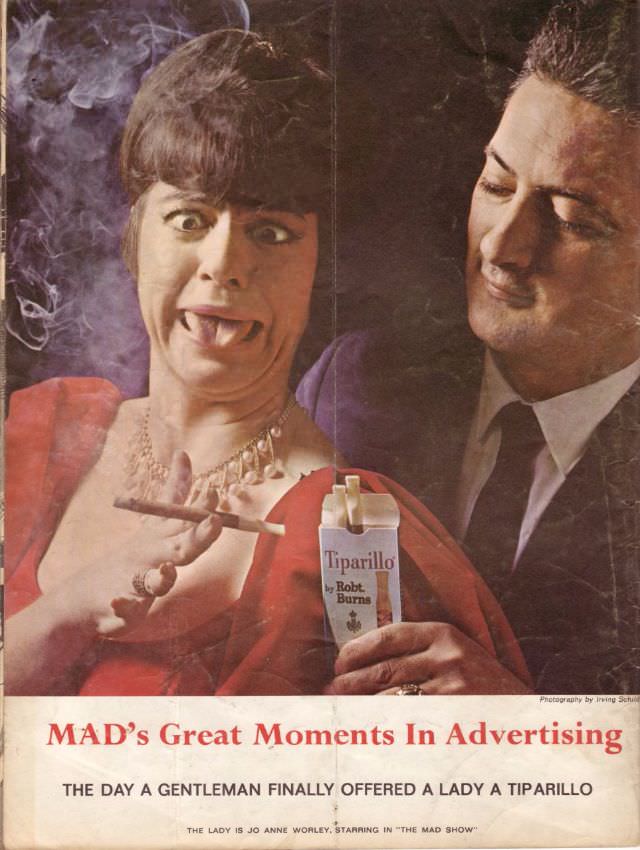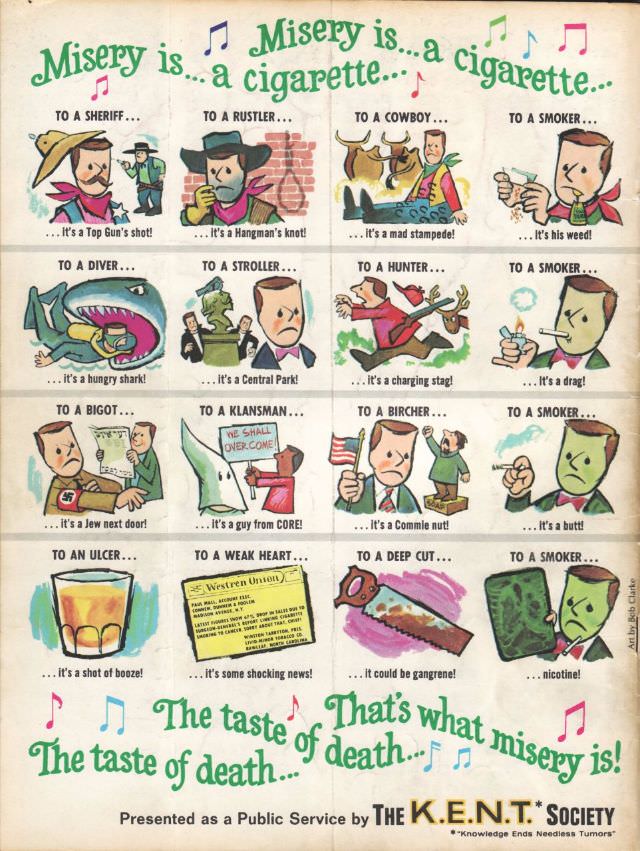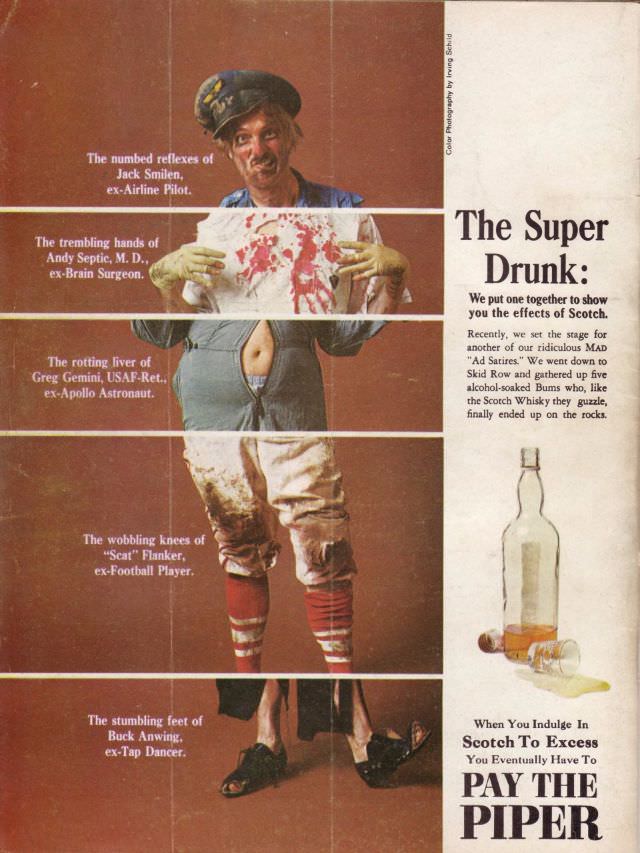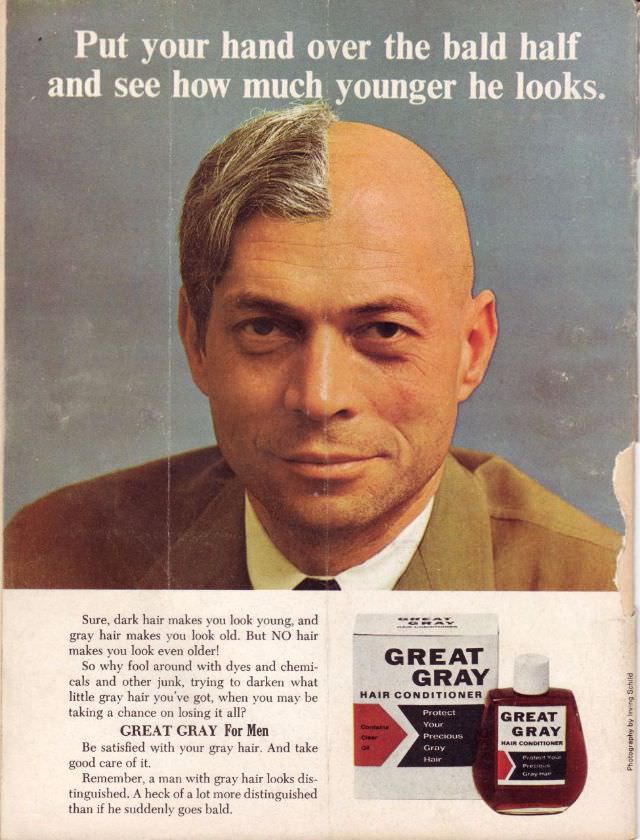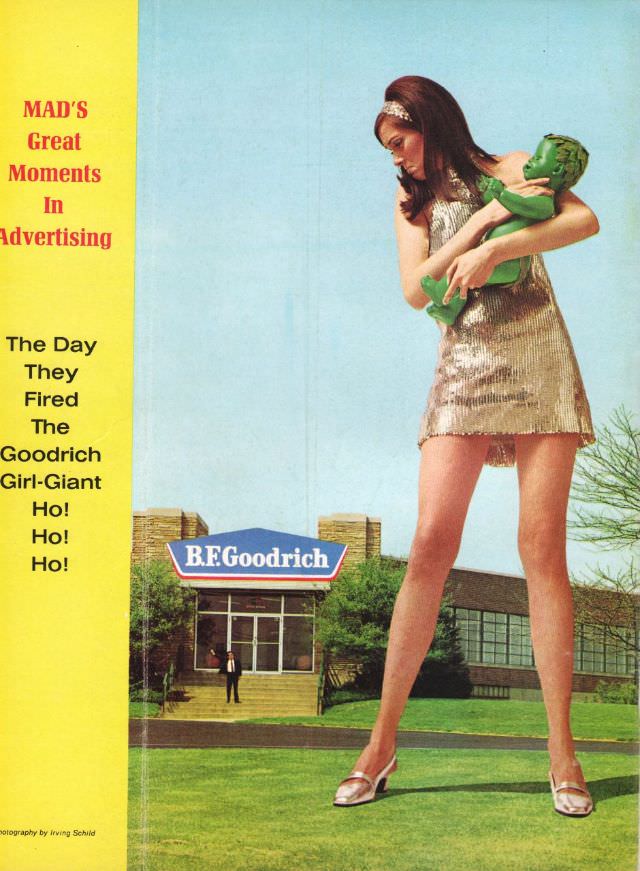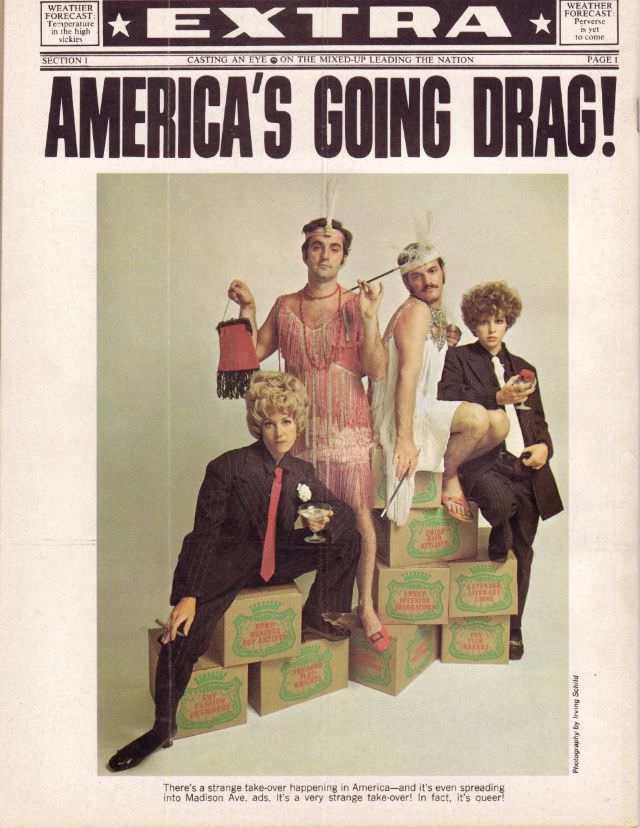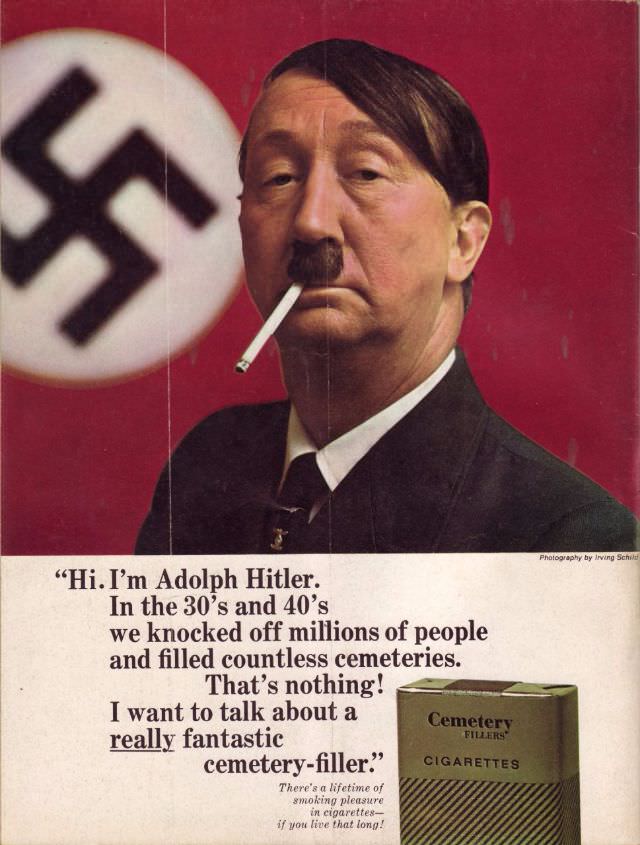MAD Magazine became famous for its sharp satire of American culture. One of its most effective forms of humor was the spoof advertisement. These fake ads, often appearing on the back cover or inside the front, cleverly parodied real advertisements and consumerism itself. This collection showcases some of the best satirical ads from the late 1950s and 1960s.
MAD’s publisher, William M. Gaines, had a unique policy: he refused to accept any real advertising. This decision was crucial to the magazine’s satirical approach. It gave MAD complete freedom to parody any product or company without fear of losing advertising revenue.
This freedom allowed MAD to create truly biting and funny spoofs. They didn’t have to worry about offending advertisers. They could satirize any aspect of advertising and consumer culture they wanted.
The spoof ads often targeted specific products or advertising trends of the time. They would take a common product, like a breakfast cereal or a car, and exaggerate its advertised benefits to absurd levels. These parodies were very effective at exposing the often-ridiculous claims made in real advertisements. They highlighted the ways in which advertising could be misleading or manipulative.
The magazine used various comedic techniques in its spoof ads. They used puns, wordplay, and visual gags to create humor. They also used exaggeration and absurdity to highlight the flaws in real advertising. One common target of MAD’s satire was the emphasis on status and social acceptance in advertising. Many real ads implied that buying a certain product would make you more popular or successful. MAD parodied this by taking these claims to ridiculous extremes.
The magazine also satirized the repetitive and often annoying jingles used in commercials. They created their own absurd jingles that parodied the catchy tunes used in real ads.


